Frequently Asked Questions
1. What are EDC knives?
2. What qualities should a good pocket knife have?
3. How should I store my pocket knife when not in use?
4. What is the importance of understanding local laws regarding pocket knives?
5. Why is it important to keep my knife clean and maintained?
Carrying a pocket knife, especially EDC knives (Everyday Carry knives), can be incredibly useful for numerous tasks. However, it comes with its share of responsibilities. Whether you're a seasoned user or a beginner, knowing how to handle your knife safely is crucial. In this blog post, we’ll go through essential safety tips for carrying a pocket knife that every EDC enthusiast should keep in mind.
Understanding the Basics of EDC Knives
Before diving into safety tips, it’s important to have a solid understanding of what EDC knives are. These knives are designed for everyday tasks and are made to be durable, functional, and easy to carry. Whether you use them for opening packages, preparing food, or even for self-defense, a pocket knife can serve many purposes.
What Makes a Good Pocket Knife?
A good pocket knife should possess several qualities:
- Sharp Blade: Sharp blades are essential for efficiency but can also be hazardous if not handled correctly.
- Durability: The material and construction of the knife should withstand regular use and outdoor conditions.
- Safety Features: Look for locking mechanisms and ergonomic designs that help prevent accidents.
- Portability: A good EDC knife should be easy to carry, often featuring clip designs for convenience.
Essential Safety Tips for Carrying a Pocket Knife
Always Store Properly
One of the most basic yet often overlooked aspects of knife safety is proper storage. When you're not using your EDC knives, make sure to store them in a secure place. Relying on a sheath, a dedicated pocket, or a small pouch can help protect the blade and make sure it doesn’t accidentally open.
Mind Your Surroundings
Being aware of your surroundings is vital when using a pocket knife. Always check that you have enough space to open and use your knife without risking injury to yourself or others.
Understand Local Laws
Before carrying a pocket knife, familiarize yourself with local and state laws regarding knife carry. Some areas have strict regulations on blade length and type. Ensuring you’re in compliance with these laws will save you from potential legal troubles.
Safe Usage Techniques
Open Your Knife Safely
When opening your pocket knife, make sure you do it away from your body and anyone around you. Ensure the knife is secured in its open position using its locking mechanism, if applicable. This will prevent the blade from accidentally folding while in use.
Cut Away from Your Body
Always cut away from your body when using your EDC knife. This minimizes the risk of injuring yourself in the event of slips or unexpected movements. Maintain a steady hand and focus on the task at hand.
Keep Your Knife Clean and Maintained
A dirty knife can be unsafe to use. Regularly clean the blade and handle to prevent build-up that can affect your grip and cutting efficiency. Additionally, a well-oiled hinge allows for smooth operation, reducing the chances of jams or slips.
Training and Practice
Learn Proper Techniques
Invest time in training to learn the correct way to handle your EDC knives. This could be through instructional videos, local classes, or practice with experienced knife users. Understanding the right slicing and cutting techniques will not only make your tasks easier but also safer.
Practice Makes Perfect
Just like any other tool, the more comfortable you become with your pocket knife, the safer and more efficient you will be. Set aside time to practice using your EDC knife in controlled environments. This can help build muscle memory and increase your overall confidence in handling your knife.
Be Smart About Carrying Your Knife
Choose the Right Carry Method
Consider how you carry your pocket knife. Many people use a belt clip, while others prefer to store them in a pocket or on a keychain. Choose a method that feels safe and comfortable for you while keeping the blade securely stowed.
Avoid Misuse
Using your EDC knife for tasks it wasn’t designed for can lead to accidents. Resist the temptation to use your knife as a screwdriver, or pry tool as this can compromise the blade and lead to injury. Always have the appropriate tools for specific tasks.
Emergency Preparedness
Have a First Aid Kit on Hand
Even with all precautions, accidents can still happen. Keep a first aid kit readily available, especially when engaging in outdoor activities. Knowing how to treat minor cuts and scrapes can save you time and discomfort.
Know Basic First Aid Skills
Familiarize yourself with basic first aid techniques, especially how to handle cuts. Understanding how to clean a wound, stop bleeding, and apply a bandage will give you an edge in emergencies and help you stay calm if an accident occurs.
Community and Resources
Join Knife Enthusiast Groups
Engaging with fellow knife enthusiasts can offer valuable insights and tips for safe knife handling. Online forums, local meet-ups, and community classes can provide a wealth of information and networking opportunities.
Stay Informed
The world of EDC knives is constantly evolving with new tools, techniques, and regulations. Follow trusted blogs, social media accounts, and websites dedicated to knife safety and usage to stay informed about the latest in the knife community.
Wrapping It All Up
Carrying a pocket knife can offer immense convenience when done correctly. By applying these safety tips, you can ensure that you are using your EDC knives responsibly and effectively. Remember, knowledge is power, so take the time to familiarize yourself with best practices, stay aware of your surroundings, and always follow local laws. As you integrate these safety measures into your routine, carrying a pocket knife will become second nature, allowing you to enjoy your EDC knife's utility and versatility without worry.


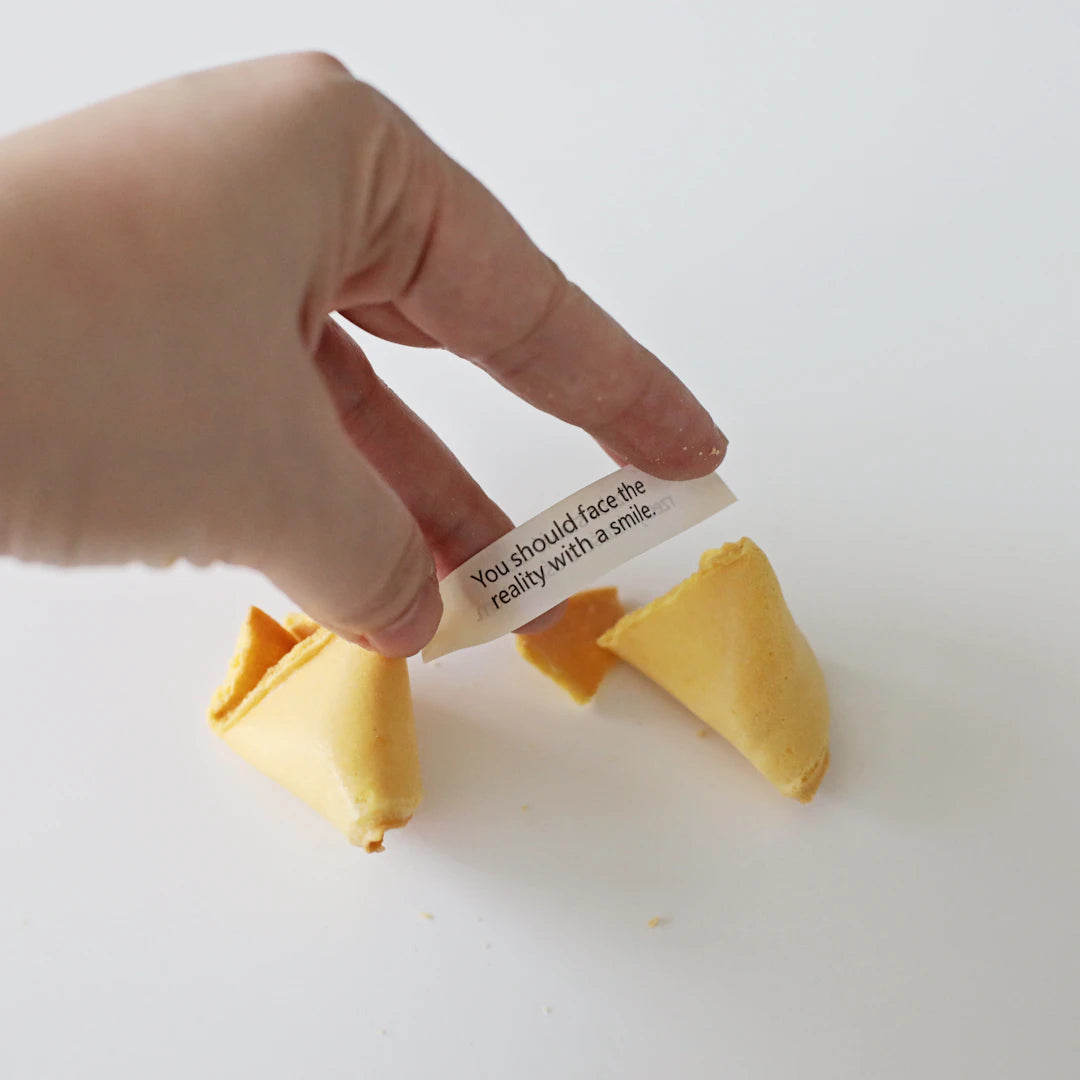



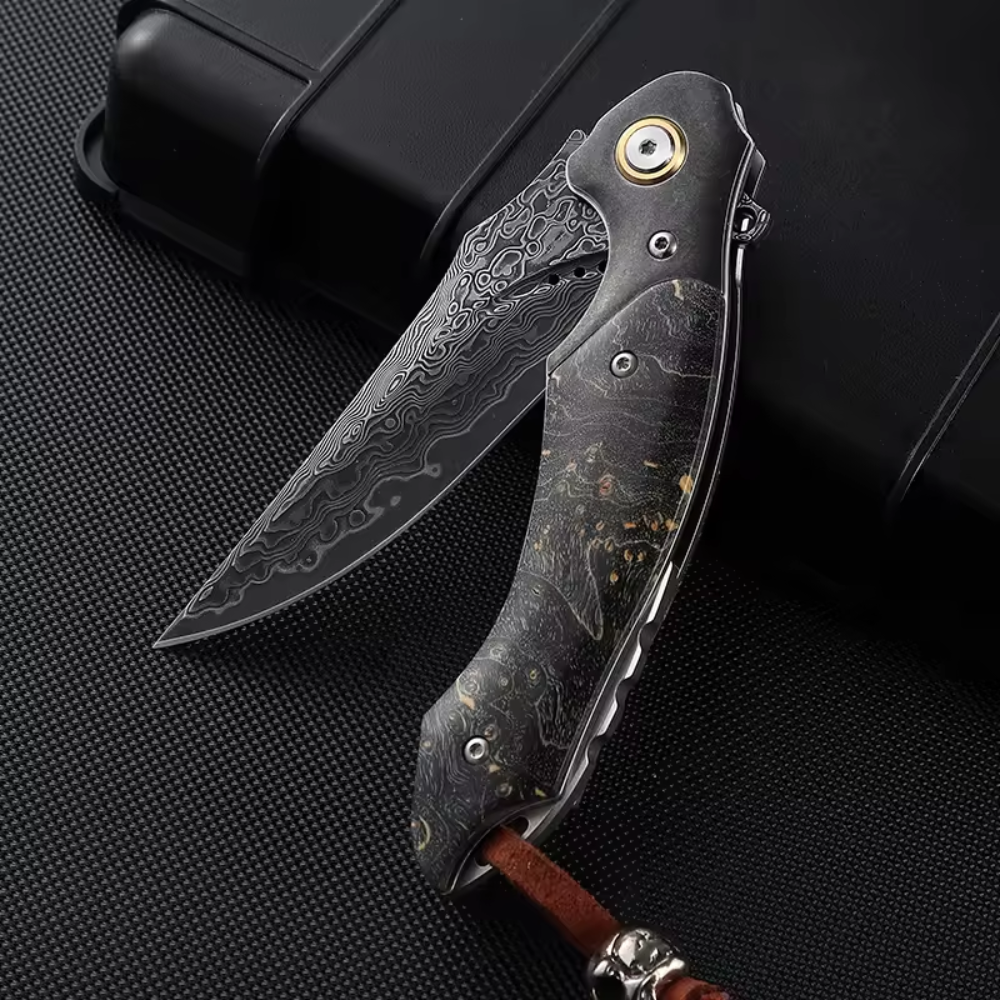
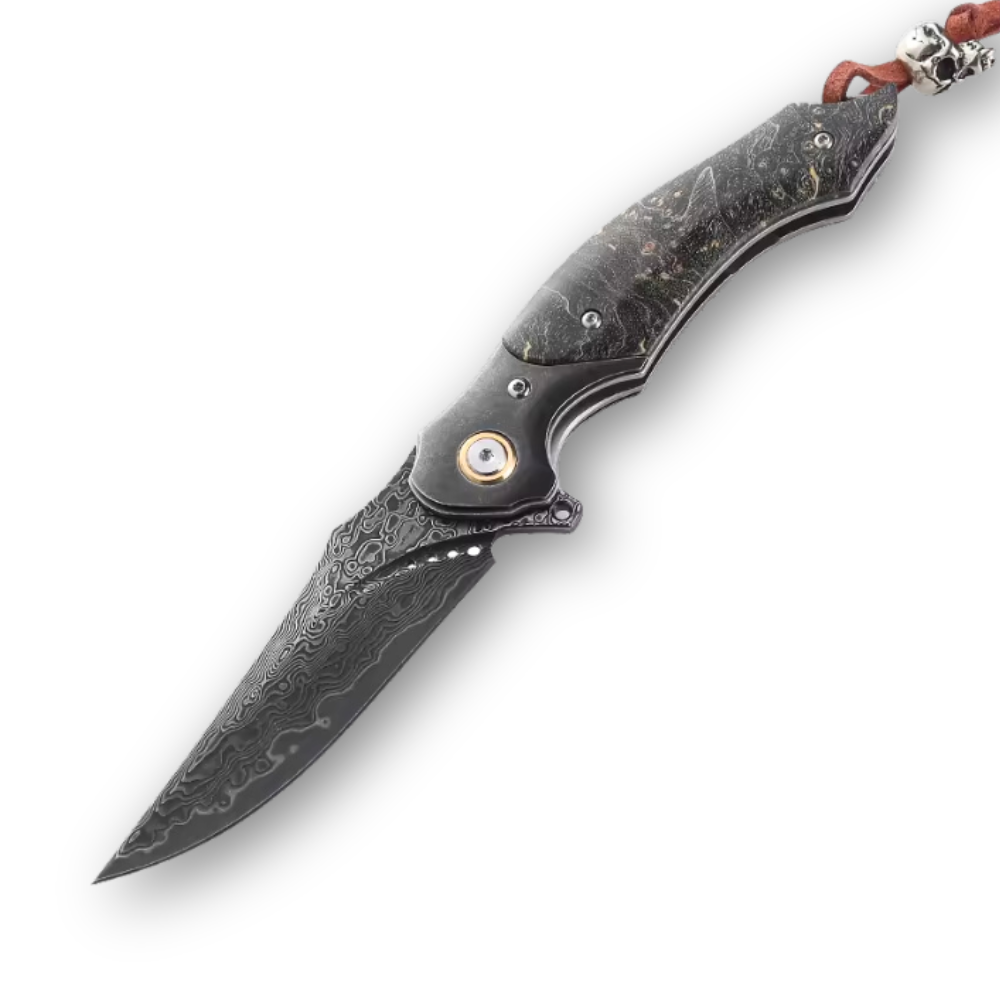
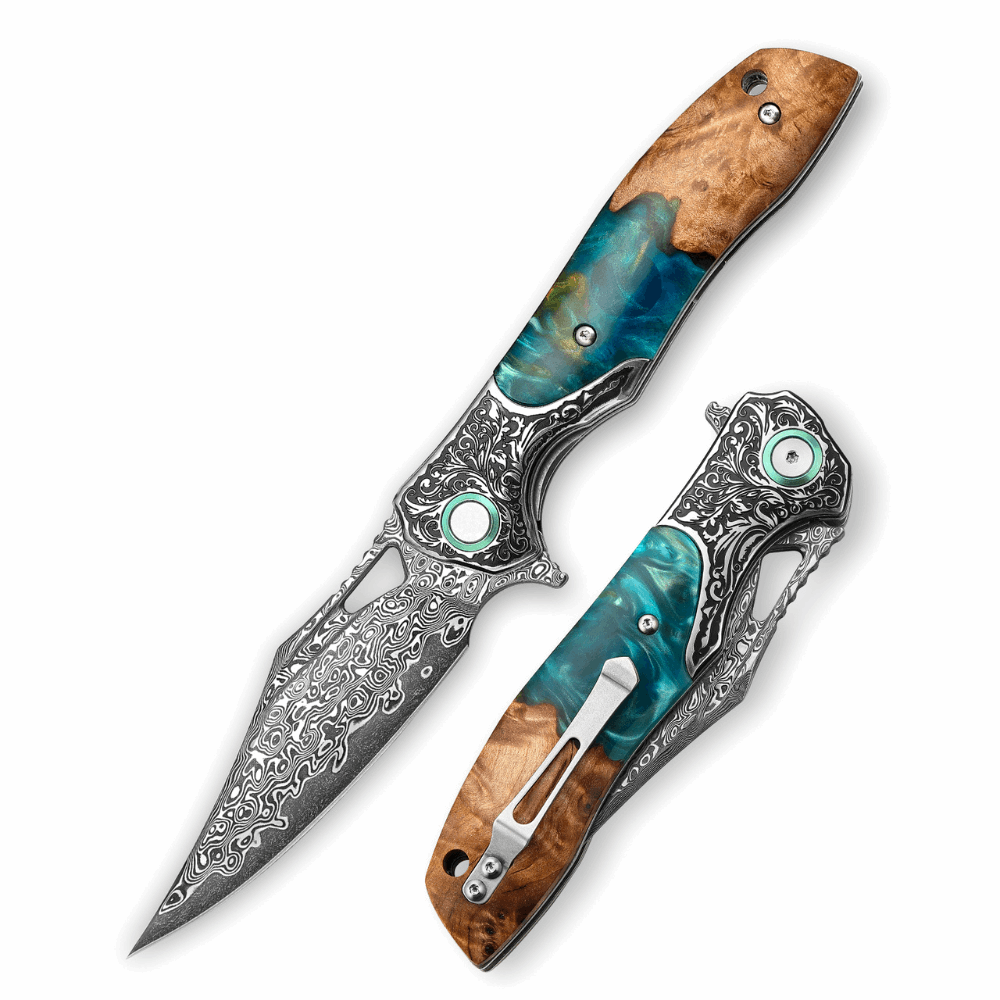
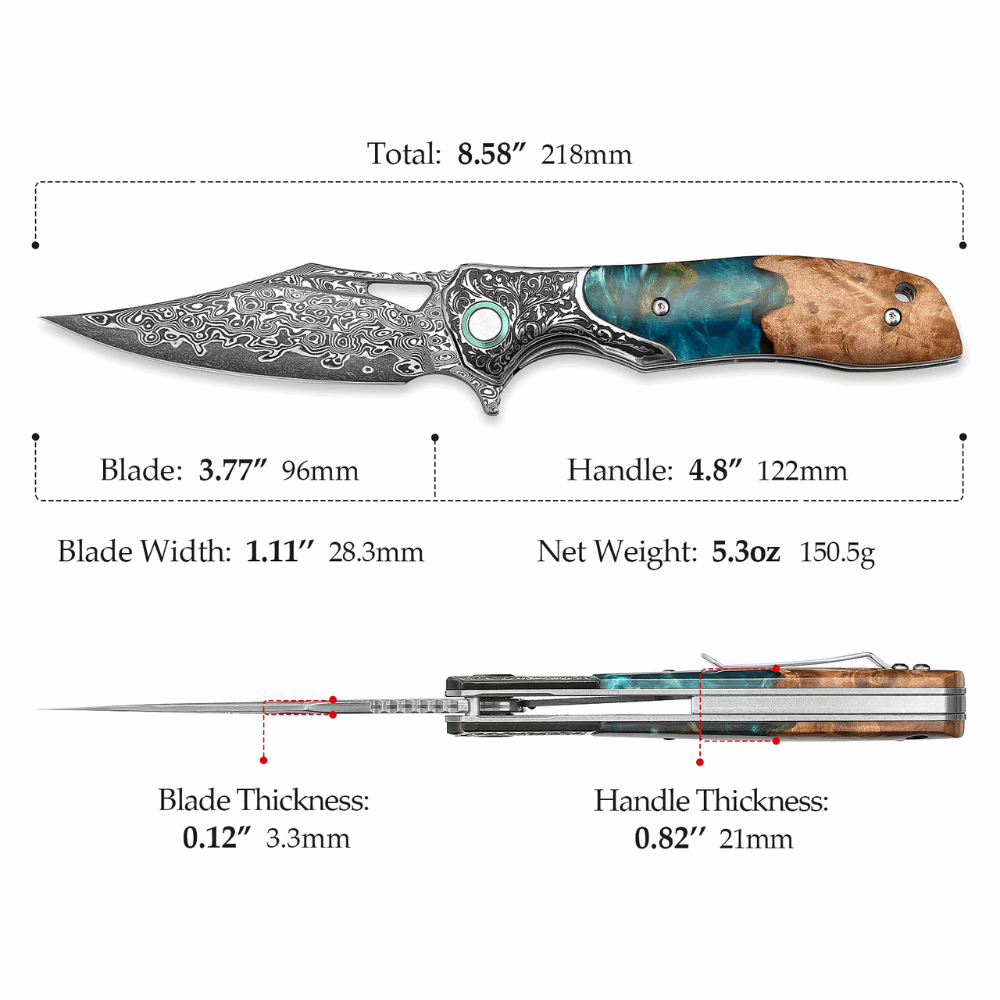
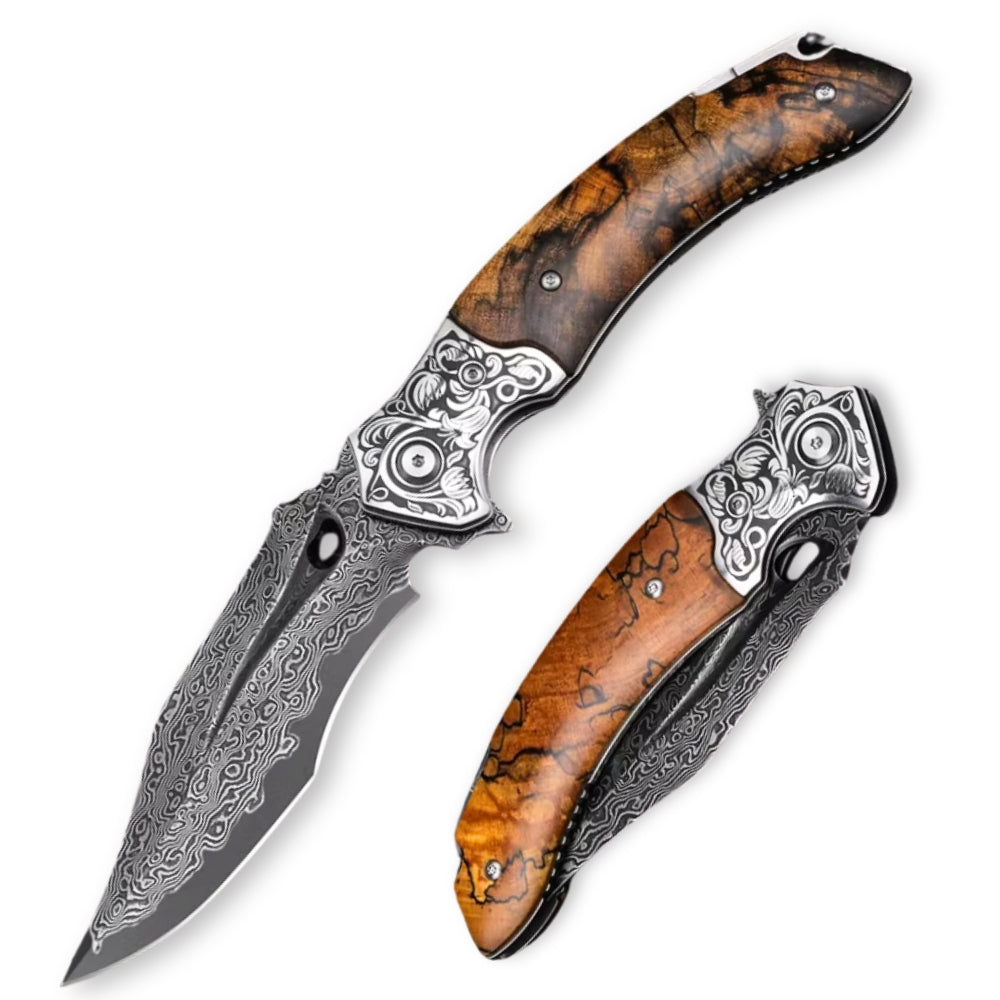
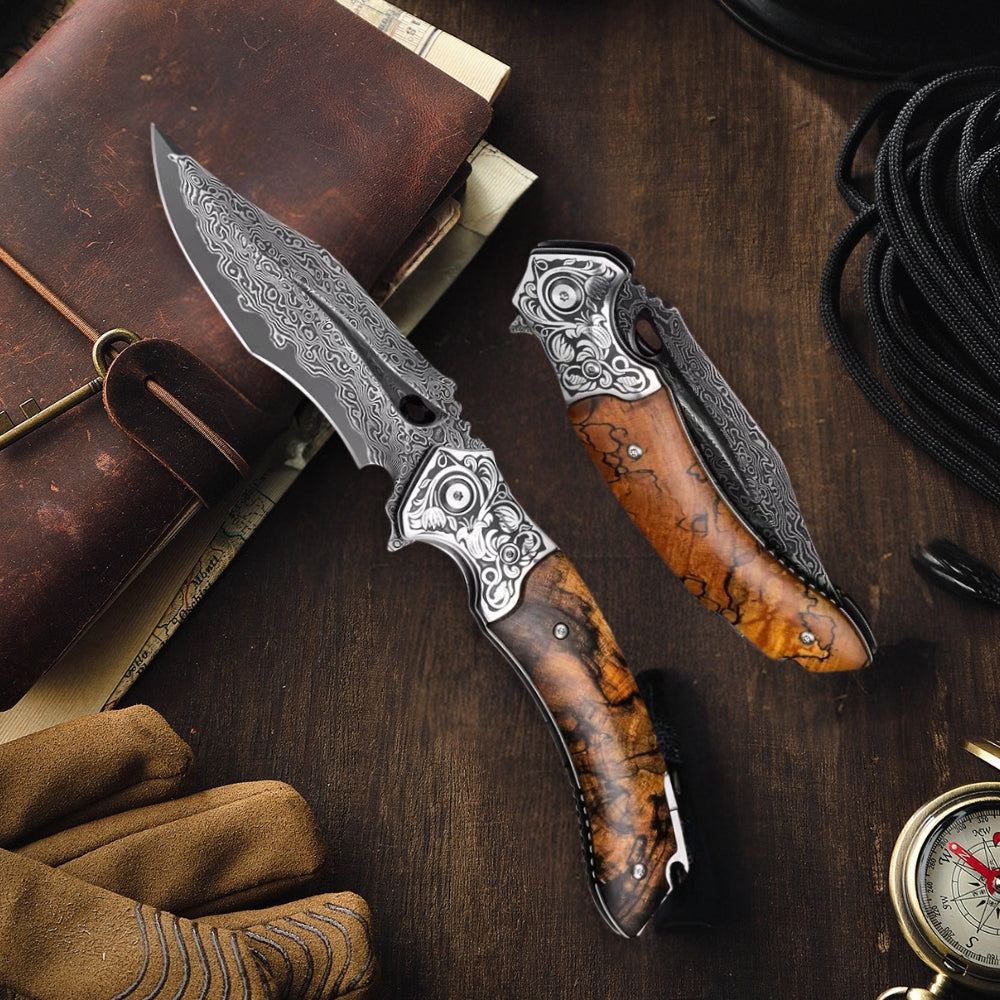
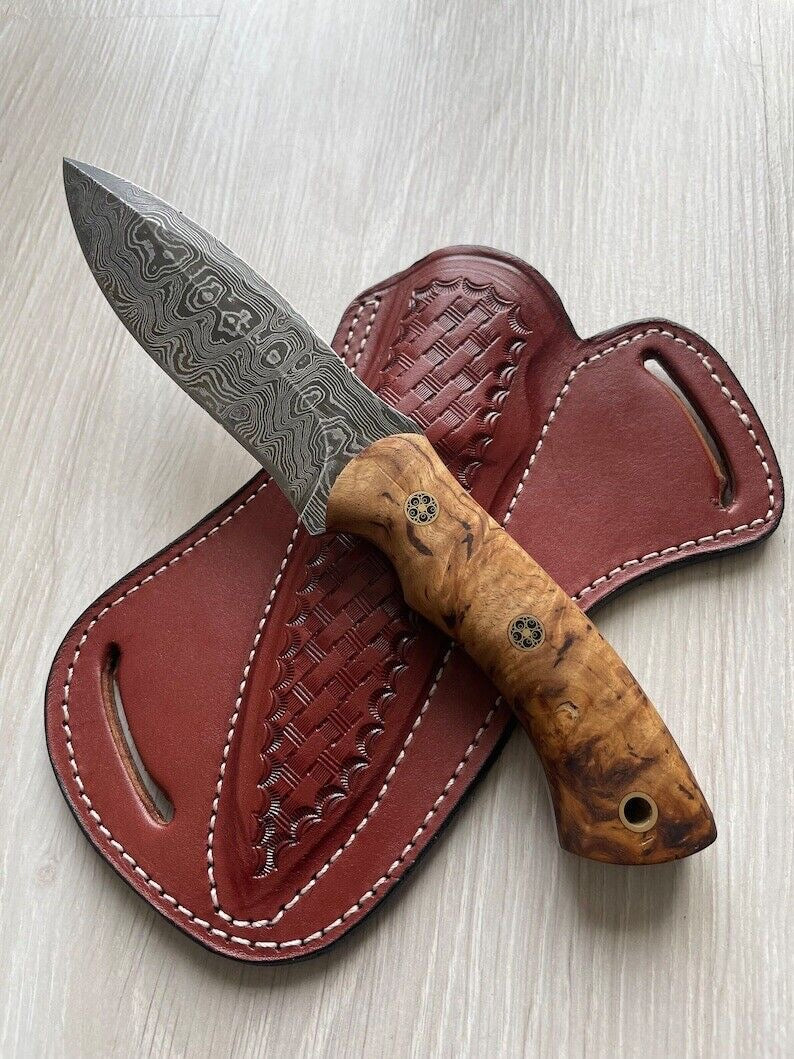
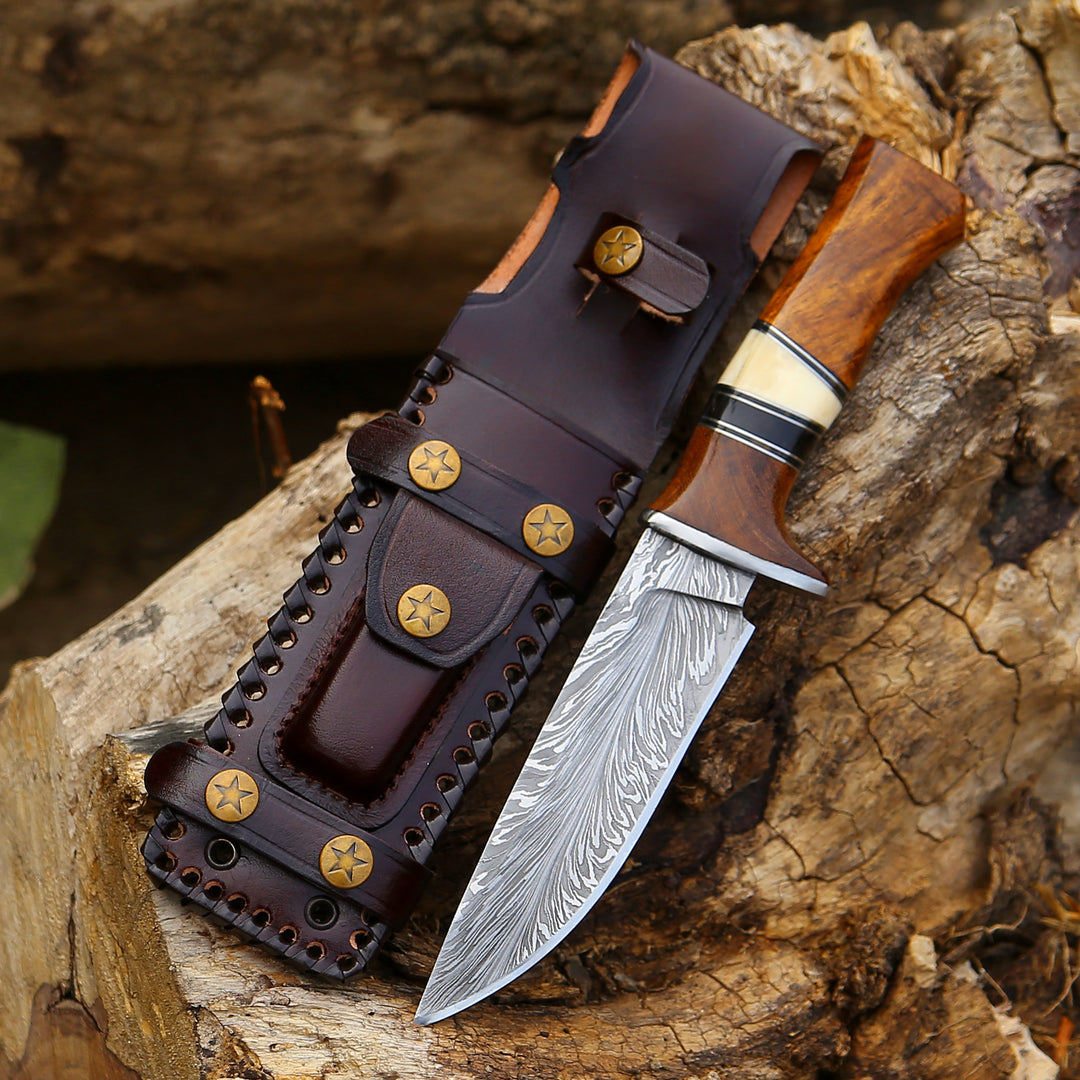
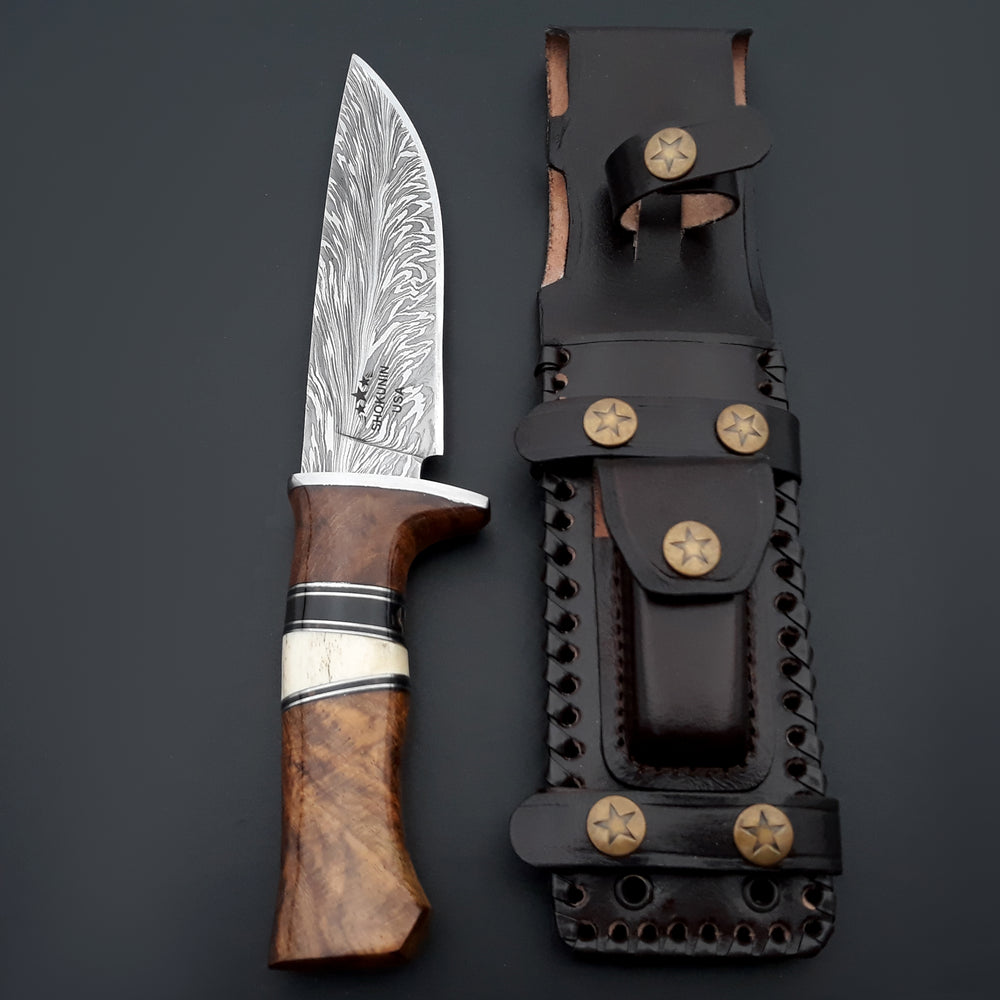
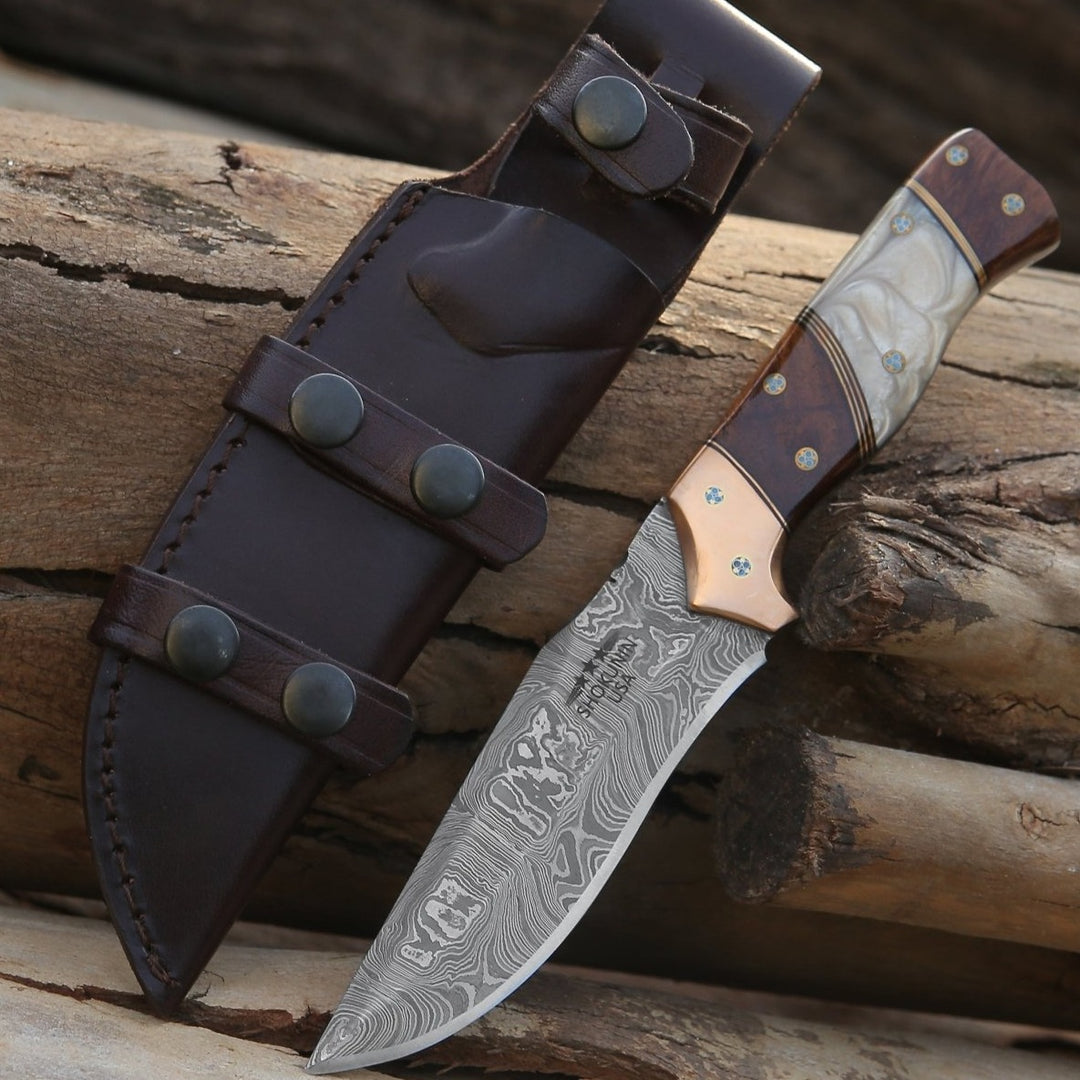
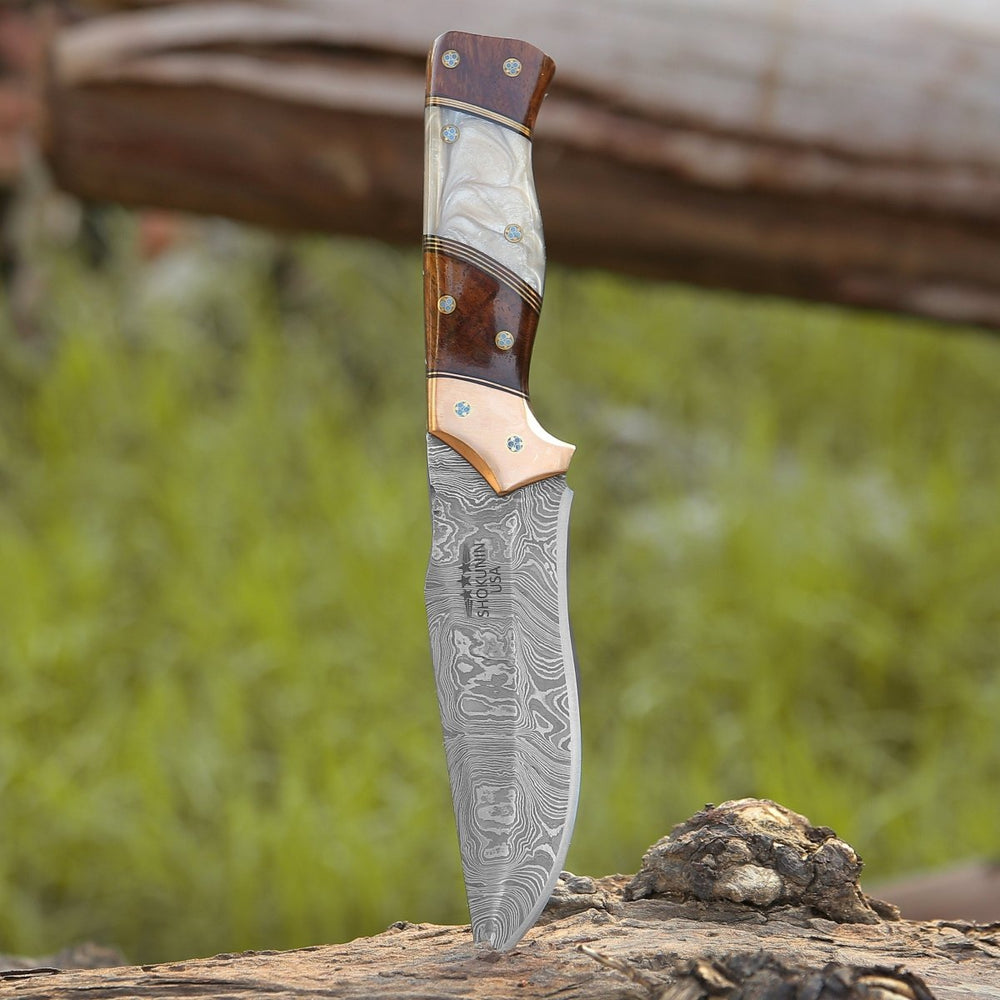
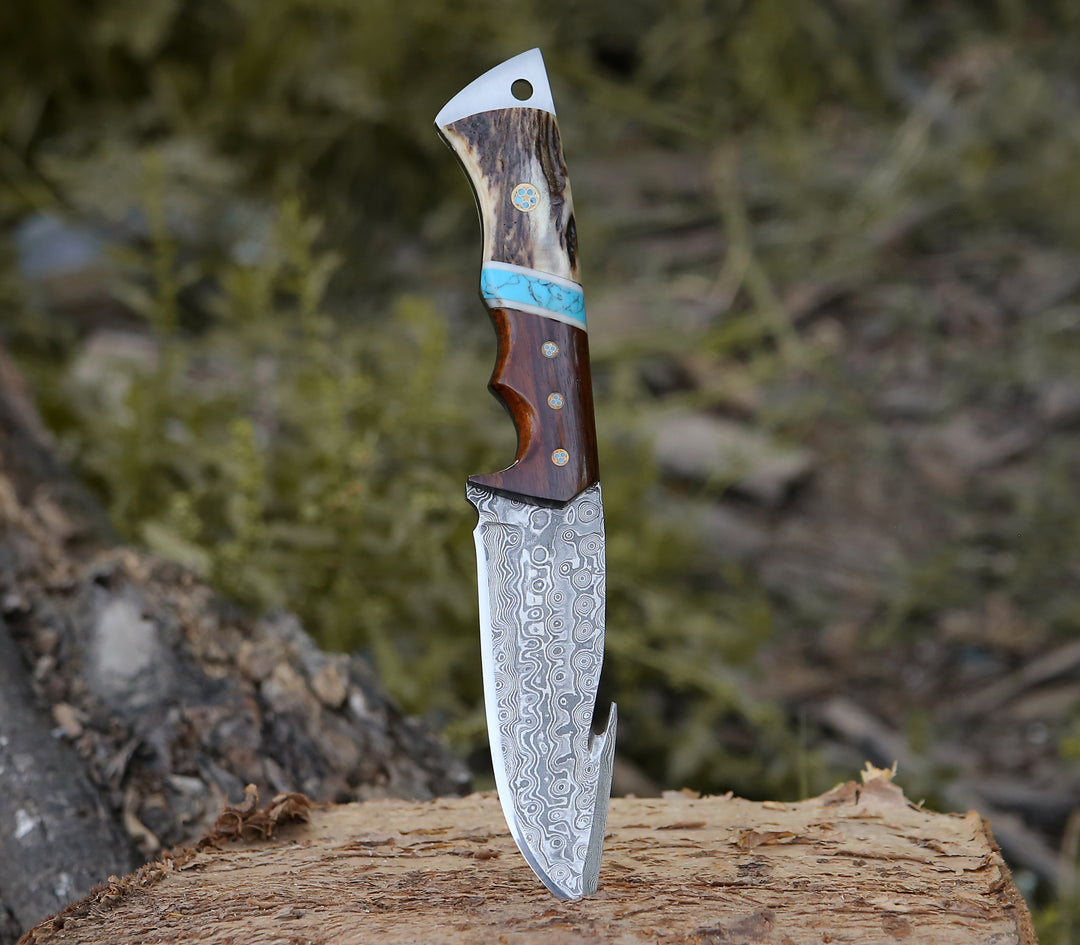
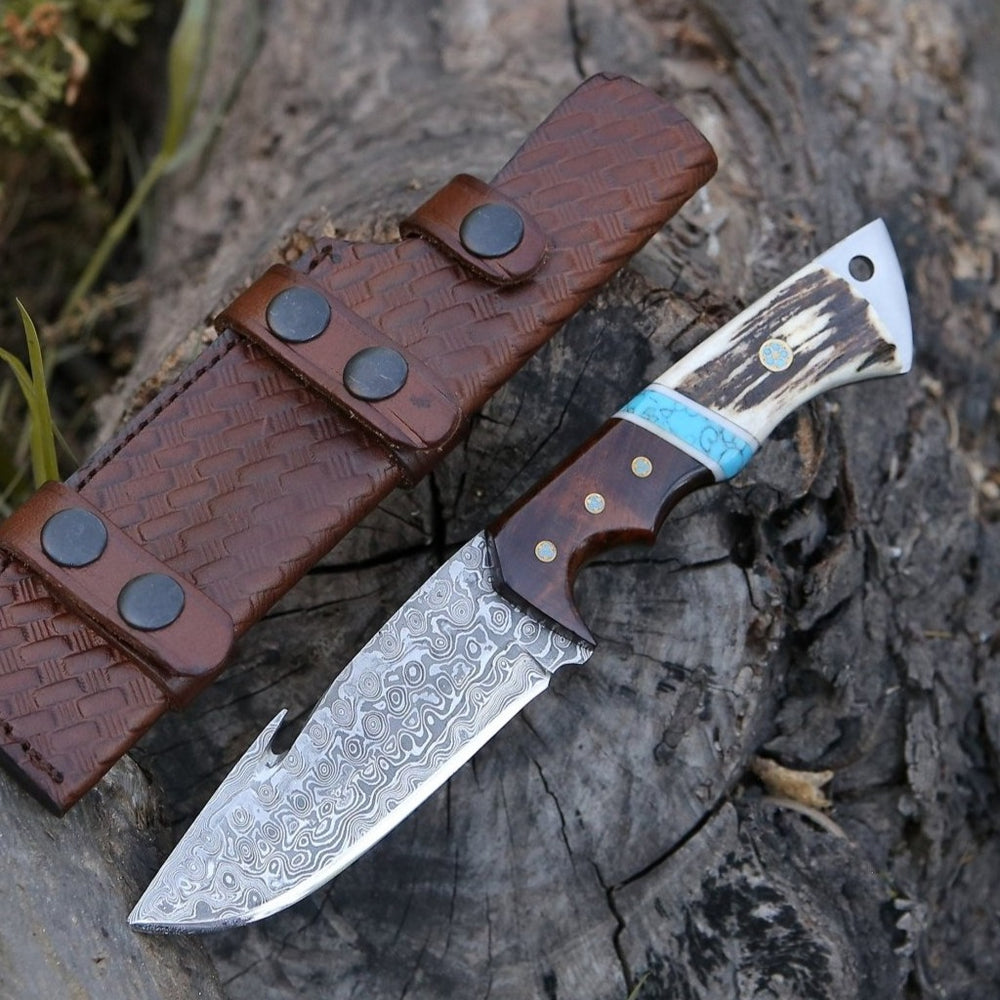
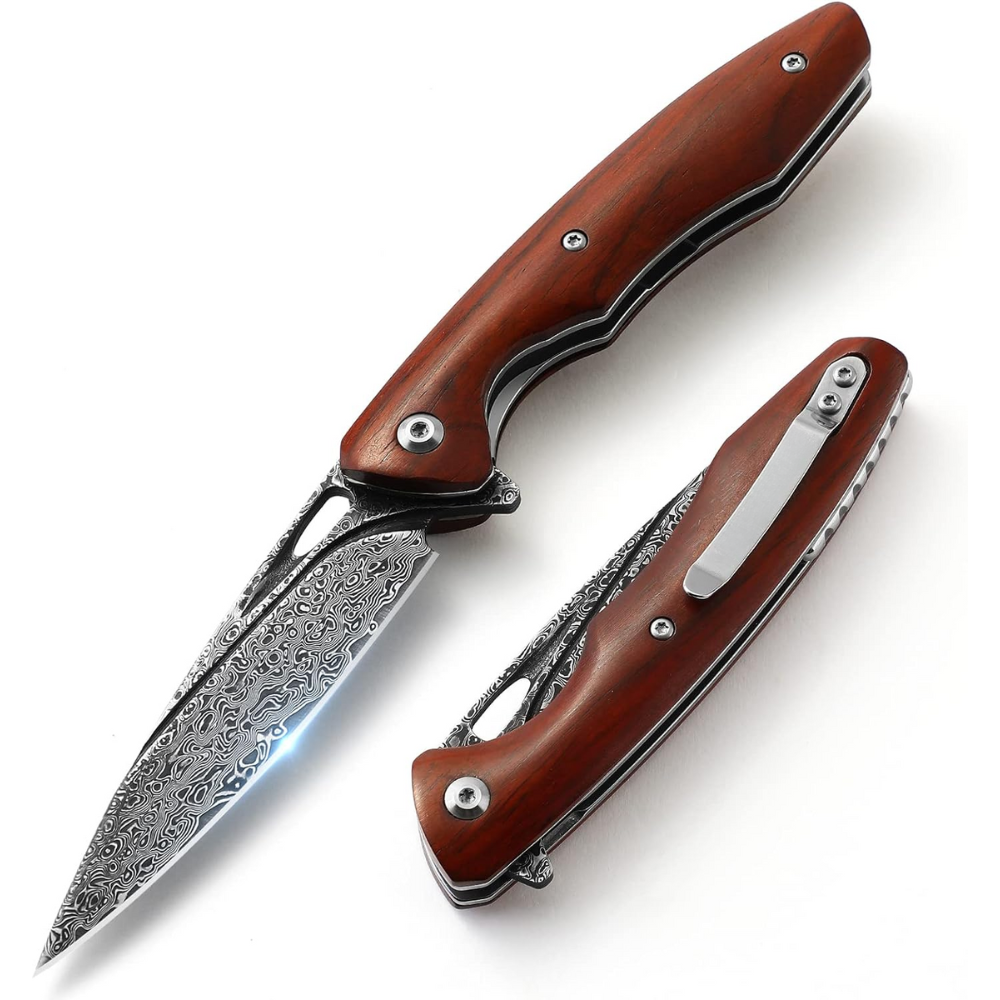
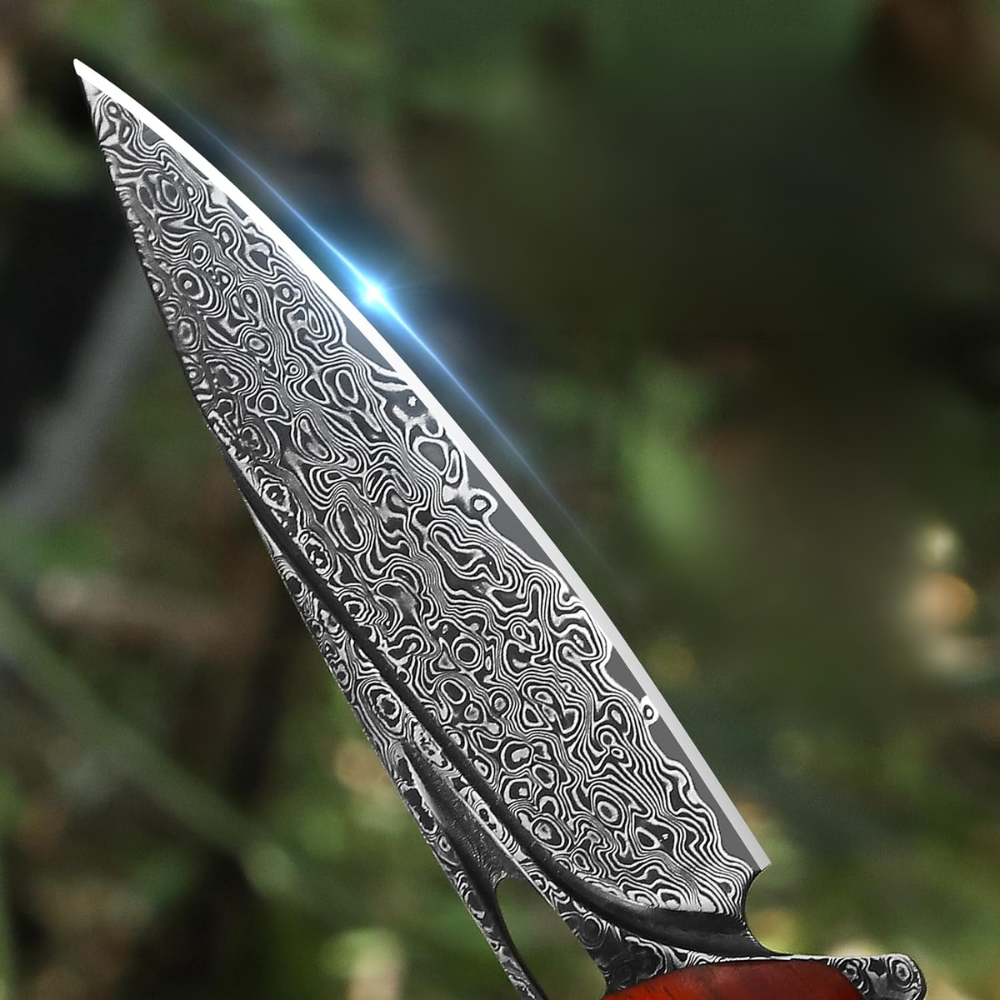
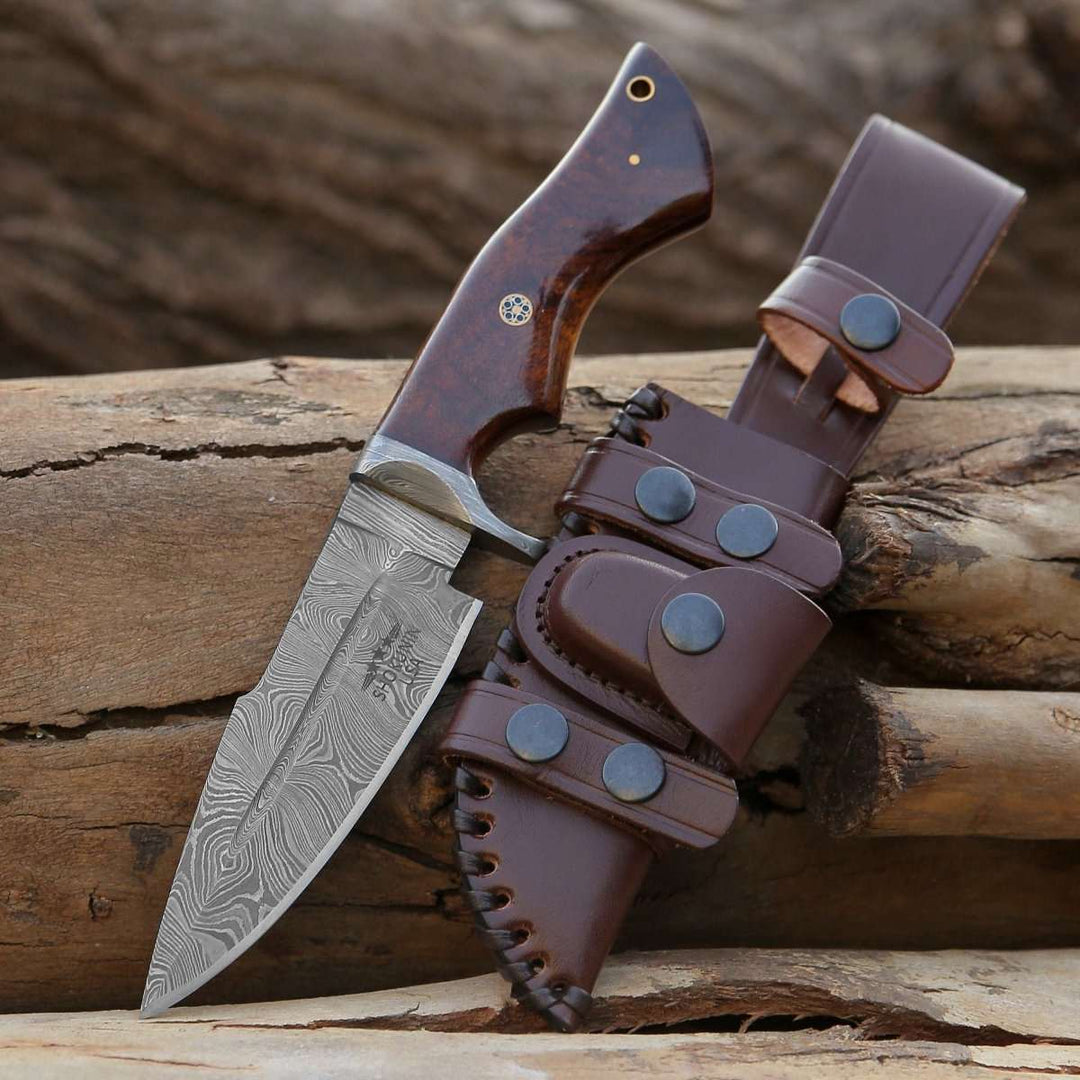
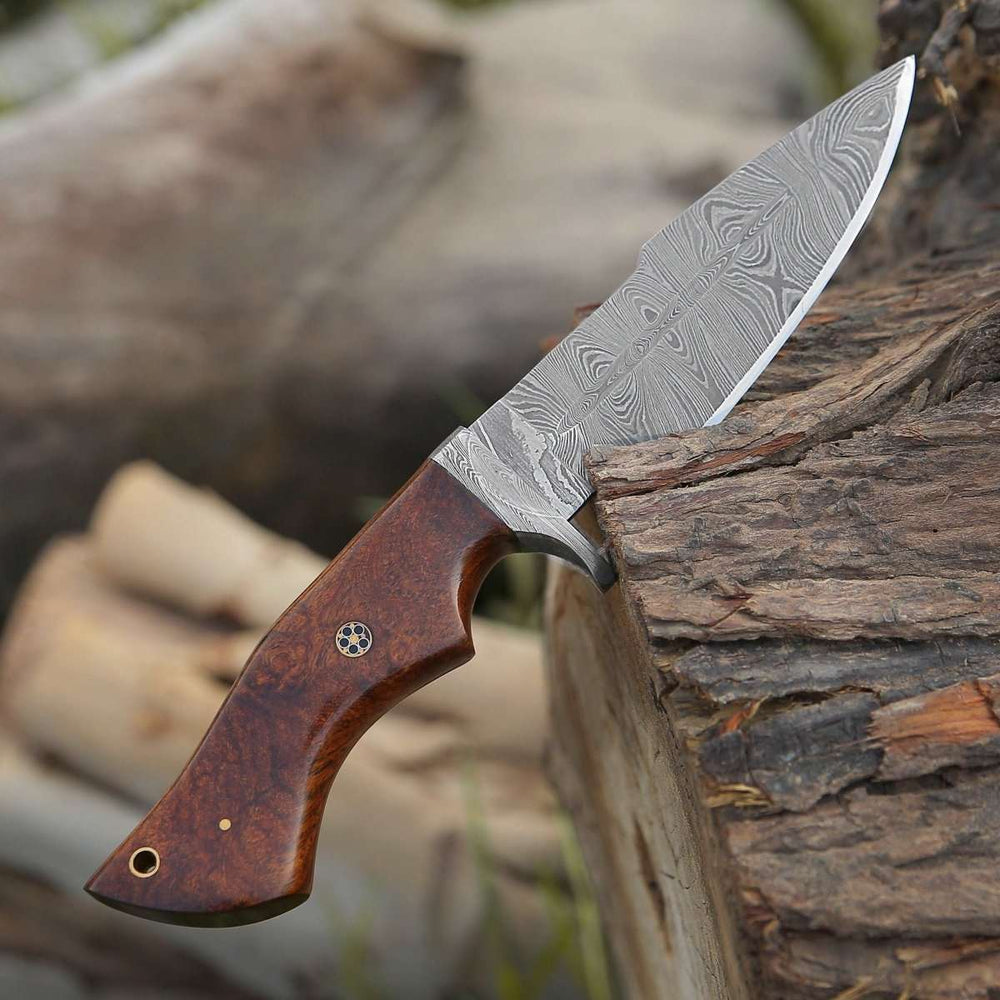
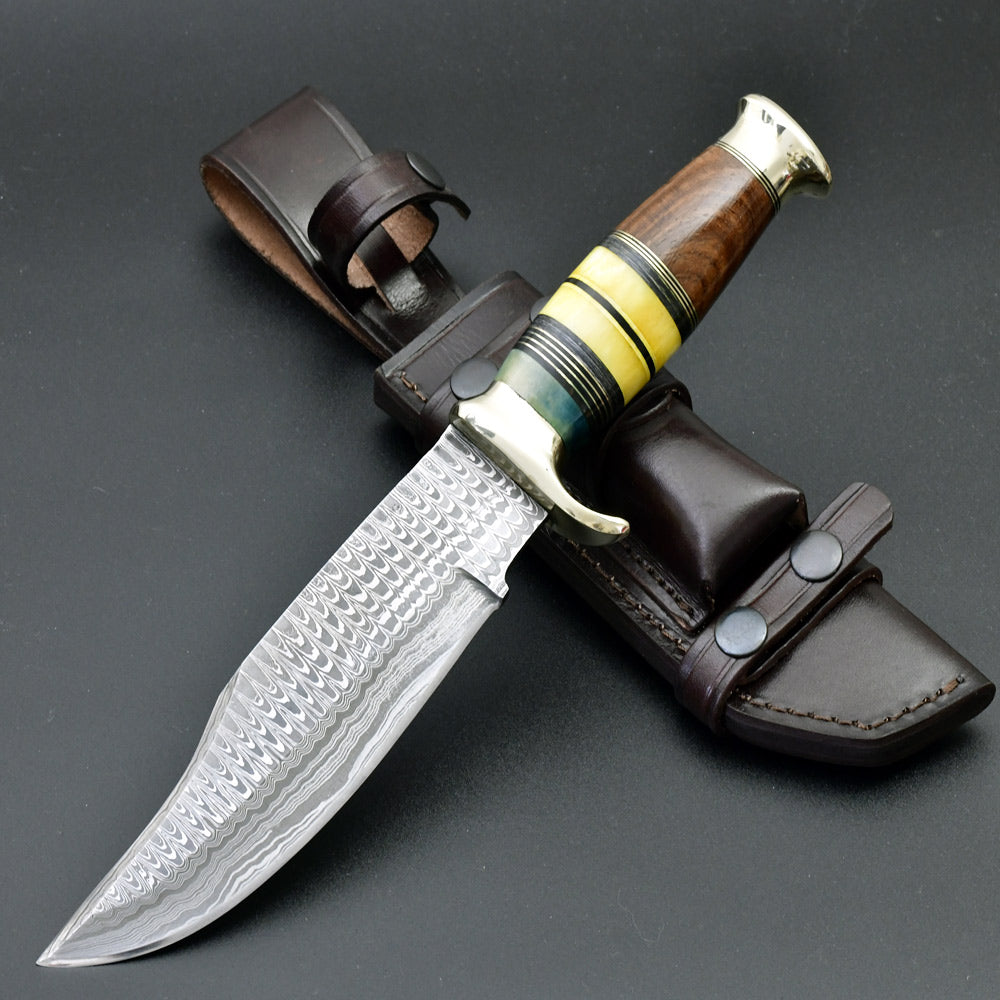
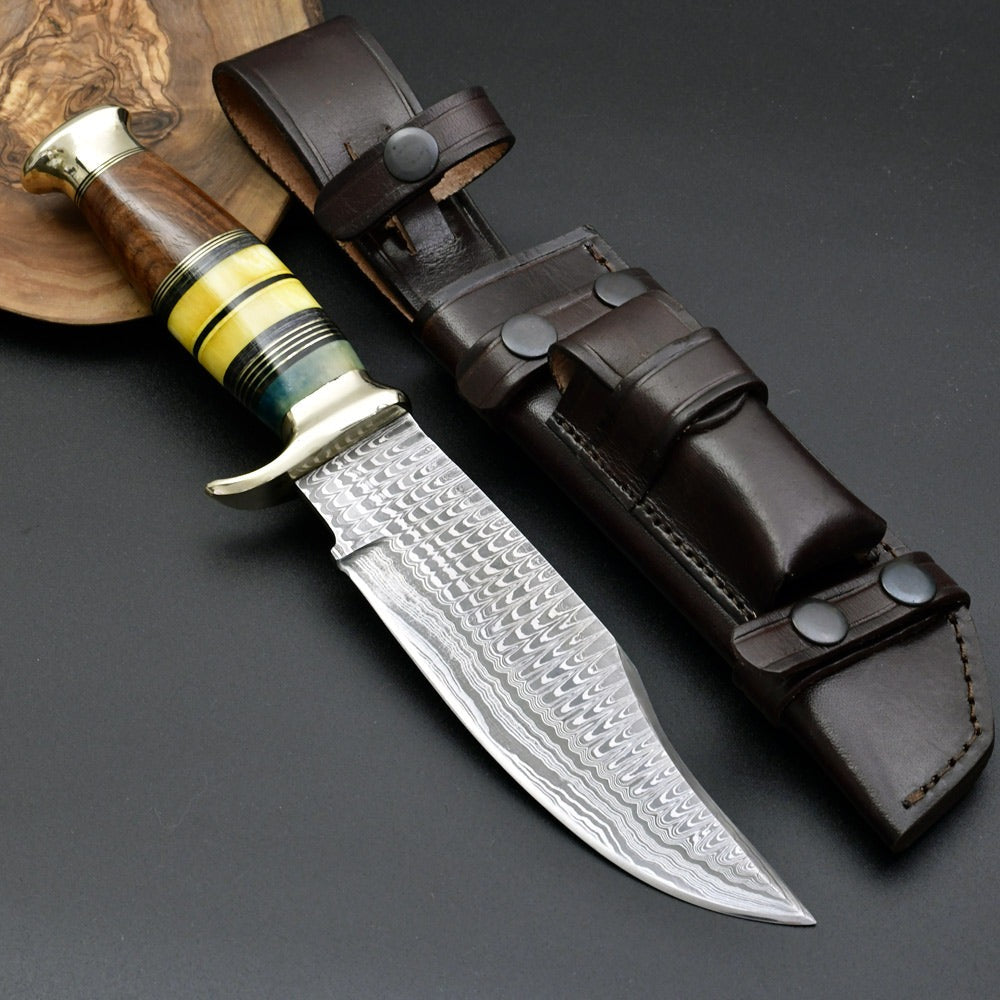
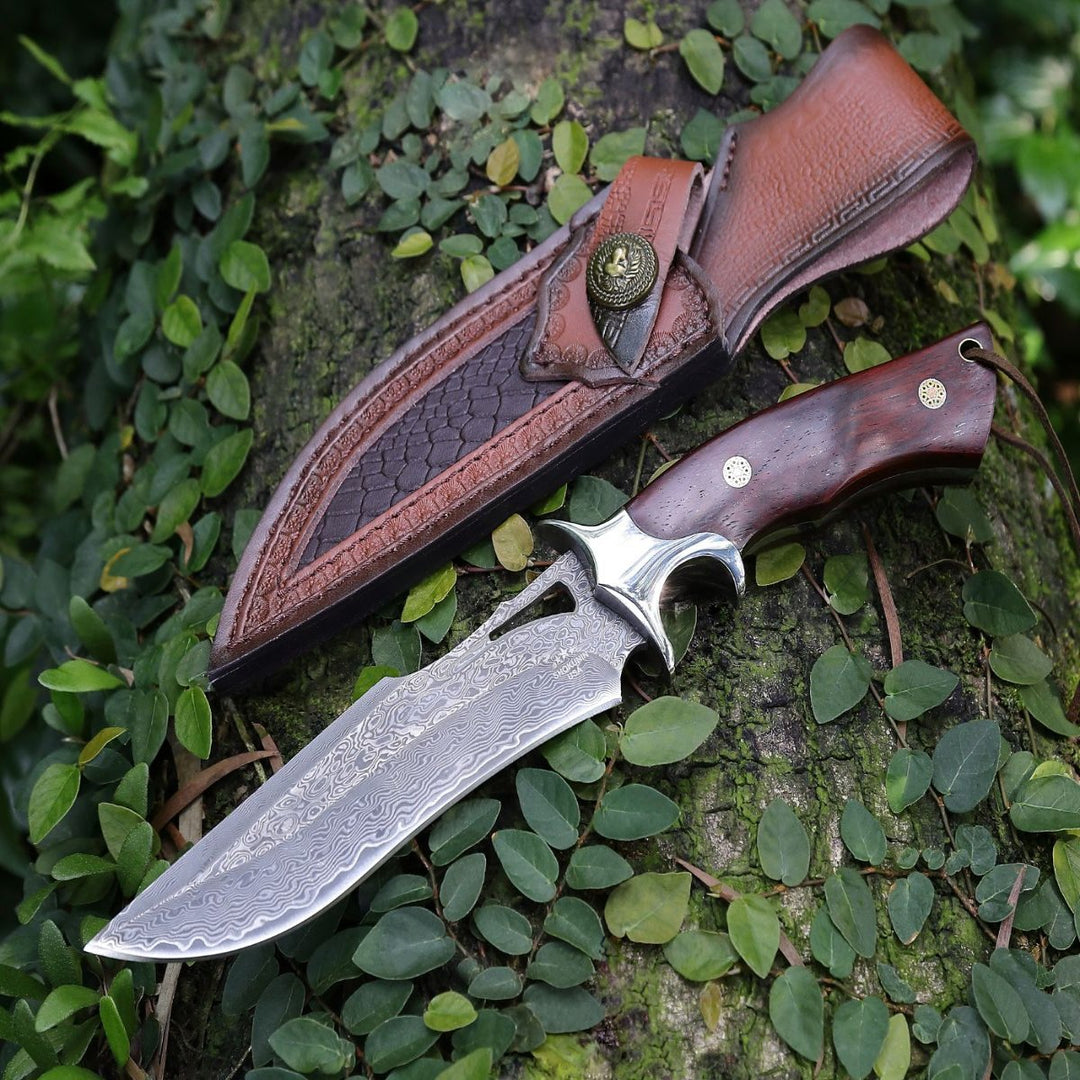
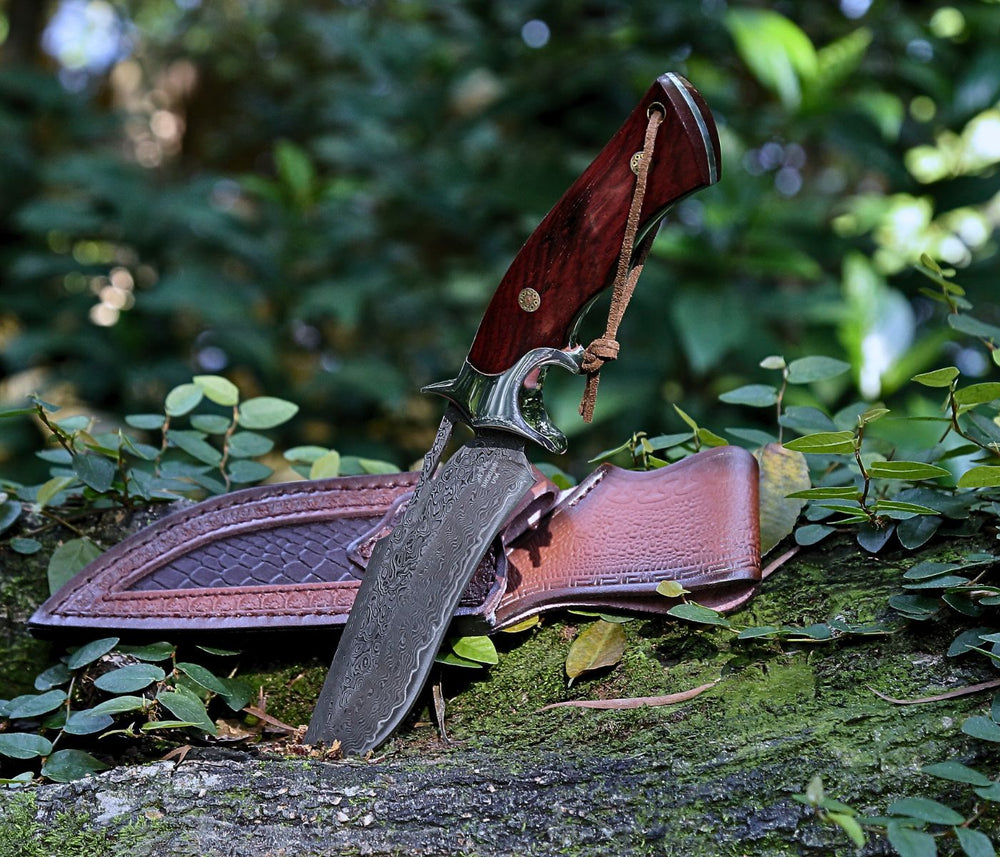
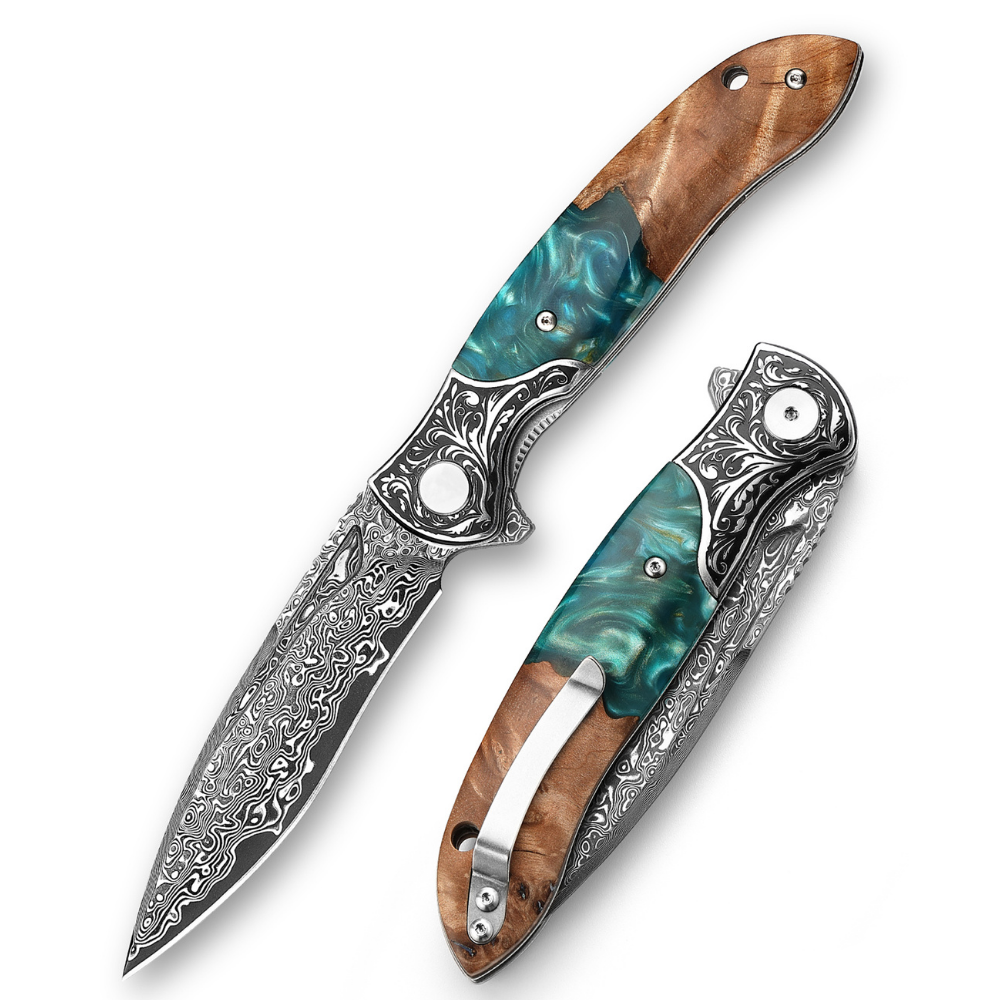
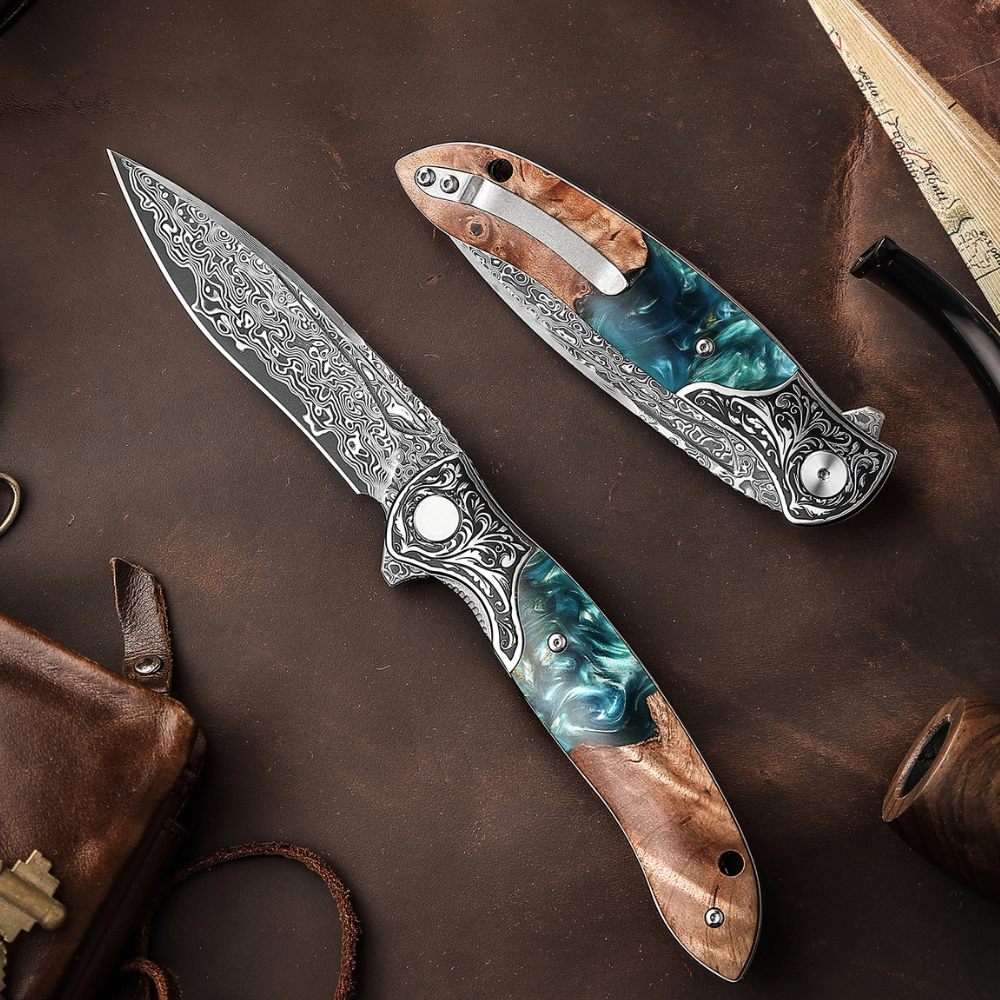
Leave a comment